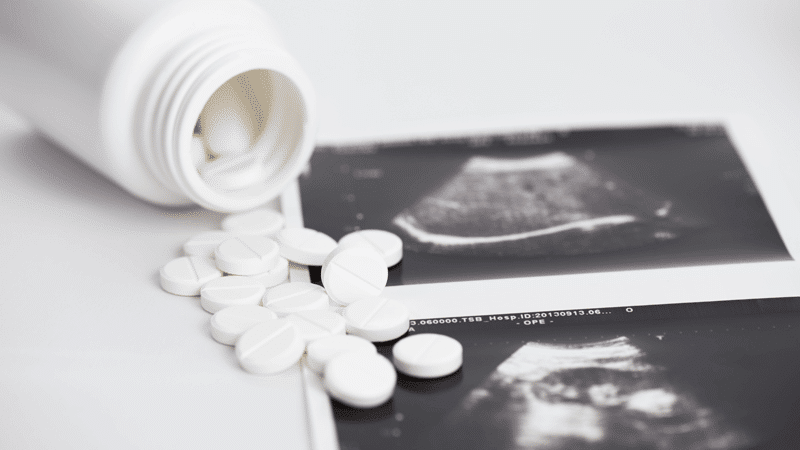Pro-abortionists have claimed that DIY abortions should continue following the COVID-19 crisis, despite risks to both women and the unborn.
As part of its coronavirus measures, the Government changed the law to permit women up to ten weeks pregnant to take abortion pills at home after a telephone or e-consultation with a doctor. It said the change was only “temporary”, remaining in place for two years or until the COVID-19 crisis recedes.
But now researchers have published a paper calling for the changes to be made permanent.
‘Dangerous’
Elizabeth Chloe Romanis, a PhD candidate at the University of Manchester, claimed that “remote abortion care has consistently been shown to be safe” and Jordan Parsons of Bristol University called abortion “essential healthcare”.
However, during lockdown, an unborn baby died after a mother illegally took home abortion pills while 28 weeks pregnant. The mother was four weeks beyond the 24-week limit for most abortions in the UK.
Commercial abortionists the British Pregnancy Advisory Service, which runs the home abortion service, admitted it was looking into the cases of eight other women who have taken the pills past the new ten-week limit.
Ciarán Kelly, The Christian Institute’s Deputy Director for Communications, said: “Dispensing these drugs is highly dangerous and places women as well the unborn at serious risk of harm”.
Harm
Earlier this week, the Court of Appeal granted a judicial review challenging the current law permitting home abortions.
Lawyers for Christian Concern appealed a previous High Court ruling, arguing that only Parliament has the authority to change the law on where abortions can take place and that it cannot be changed via Government guidance.
They submitted expert evidence from Dr Gregory Gardner who said that allowing home abortions risks harm to the physical and mental heath of women, and also increases risk of coerced abortions.
Also see:
High Court rules against pro-lifers in DIY abortion case
Govt blasted by RC Church over home abortion U-turn
Govt says dangerous home abortion guidelines were ‘published in error’


